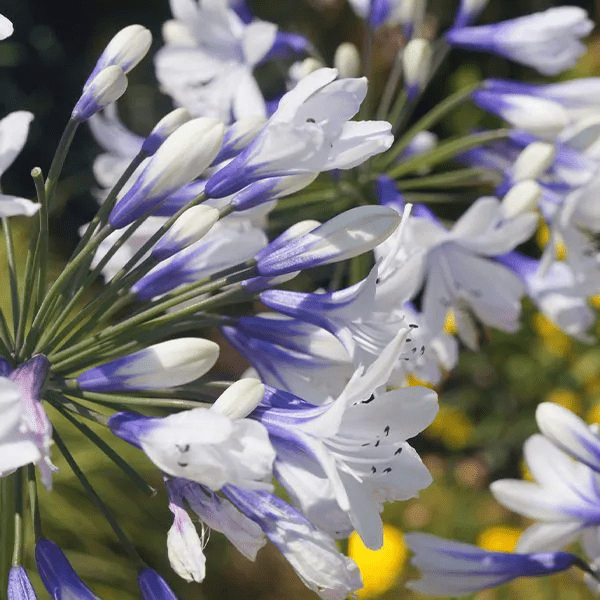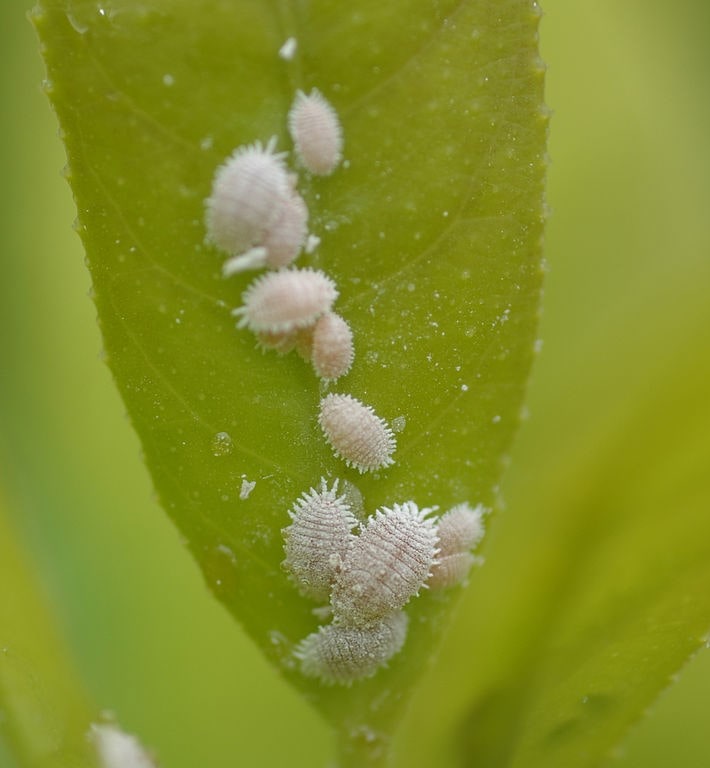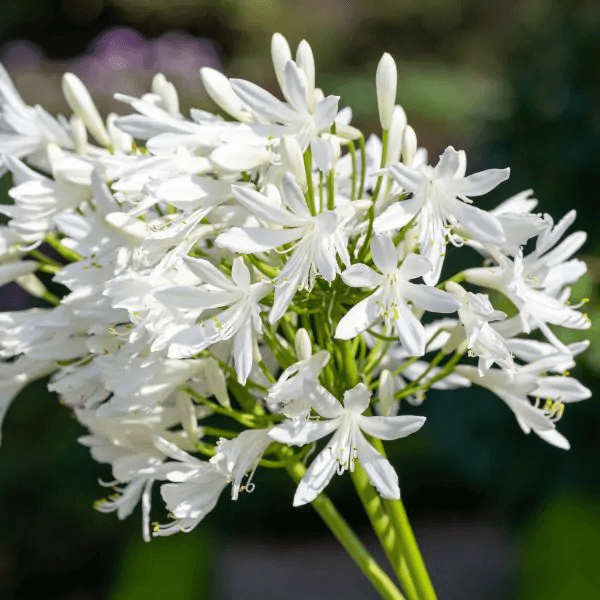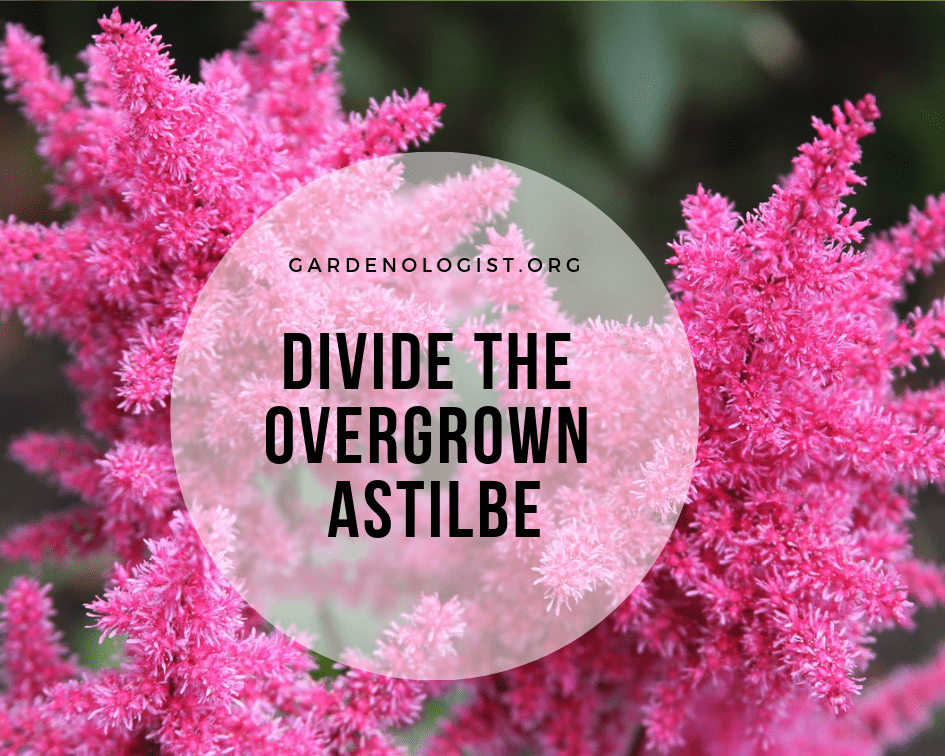This post may contain affiliate links. As an Amazon Associate we earn from qualifying purchases.
One of the most common complaints we hear from Agapanthus growers is about agapanthus leaves turning yellow. If it’s happening to your plant, read on to find out why.
The agapanthus (Agapanthus africanus), or lily of the Nile as it is commonly known, is such an easy grower (best in USDA zones 9 through 11) but no plant is completely free of problems.
One of the Agapanthus’ most common maladies is yellow foliage. There are a number of reasons the strap-like leaves may turn yellow so let’s dive into them and see if we can show off those gorgeous purple flowers against a backdrop of green leaves, not gold.
Lack of iron could be a cause of the agapanthus leaves turning yellow
Whenever any plant’s foliage begins to turn yellow we first suspect iron chlorosis, especially if the yellowing is occurring on new growth yet the veins remain green.
It is no different with an agapanthus. Now it’s easy to assume that that the soil is to blame but it may just be that the soil has sufficient iron but the lily of the Nile has a problem absorbing it.

The first thing you’ll want to do is to test the soil to be sure it’s not the culprit. You can do that with a soil pH meter available at Home Depot or Lowe’s or at your favorite nursery and online at Amazon.com.
If the soil pH registers higher than 7, lower it to 6.5 or the plant’s roots can’t absorb the iron in the soil.
Use a layer of sulfur spread on top of the soil to lower the pH. It’s always best to follow the label instructions but I’ve found that I’ll typically get a reduction of 1 point in pH with 12 pounds (per 100 feet) of a soil amendment containing sulfur.
You’ll need to water right after the application. Test the soil again in two months and reapply the sulfur if needed.
If, on the other hand, the pH is within the normal range we’ll need to look at other possibilities. How often do you water the lily of the Nile? Too much water leaches iron from the root zone, so if you think you may be overwatering, try cutting back.
Too much or too hot
Yes, agapanthus produces the best flowers when it’s grown in full sun but when the weather heats up, that sun may just be scalding the leaves.
Is your lily-of-the-Nile growing with a southwestern or southern exposure? Is it getting enough water? These are two other contributors to sun scald.
If you live in a region with exceptionally hot summers, grow the Agapanthus where it will get afternoon shade.

Bugs on the lily of the Nile?
Mealybugs and red spider mites love dining on Agapanthus.. These little critters scrape the foliage to create an opening from which to suck out the juices. As you can imagine, a large enough infestation can wreak havoc on the plant’s leaves, turning them quite yellow.
The best way to get rid of these creeps is with insecticidal soap sprayed on the leaves (both sides). Insecticidal soap has no residual action so it must be sprayed directly on the insects.
To avoid burning the leaves, spray after the sun has gone down. Spray the soap off the leaves the next morning, again, to avoid burnt foliage.
Repeat the insecticidal soap application weekly until the infestation is gone. Follow the label precautions and apply it on a windless day.
Fungus gnat babies (larvae) may munch on the lily-of-the-Nile’s roots, disrupting the flow of moisture throughout the plant and turning the leaves yellow. Since they live in the soil, drench the soil with a product that contains Steinernema feltiae (beneficial nematodes).
Mosquito Bits, which contain Bacillus thuringiensis israelensis (a natural soil bacterium), also works well. It’s important to keep these guys alive before using them so if you won’t be drenching the soil immediately, refrigerate them.

Agapanthus leaves still turning yellow? It could be a disease
Do the leaves have yellow or brown spots? If so, suspect Anthracnose, a catch-all phrase for a variety of fungal diseases. In the case of the agapanthus, it’s most likely Colletotrichum gloeosportioides.
Keep the soil around the agapanthus free of plant debris, apply a layer of fresh mulch around the plant and prune out the yellow foliage. Ensure that the plant gets plenty of water during dry periods, but water at the base and avoid splashing soil onto the plant.
Then, apply a fungicide every week to 10 days. If you’re growing the agapanthus indoors, you may want to take it outdoors for treatment. Follow the instructions on the label.
Finally, if nothing else seems to fit, the agapanthus may have bulb rot. The only way to know for sure is to carefully dig the plant up and inspect the roots and the bulb for signs of rot (they’ll be soft, and the roots and bulb will be discolored).
 Check the roots carefully for signs of life. If you see white, healthy-looking roots you may be able to save it (but don’t get too excited, typically the plant is a goner at this point). Use snips to cut away the diseased roots.
Check the roots carefully for signs of life. If you see white, healthy-looking roots you may be able to save it (but don’t get too excited, typically the plant is a goner at this point). Use snips to cut away the diseased roots.
Fill a sterilized planting pot with fresh potting soil. Since excess moisture at the roots is most likely how the plant came down with rot, ensure that the new pot has plenty of holes for drainage and that you use a quality, quick-draining potting soil. Replant the lily-of-the-Nile in the new pot, water lightly and then don’t water again until the soil is bone dry.
If this doesn’t work, remove the plant, enclose it in a plastic bag and dispose of it. Indoors, dispose of the potting soil and sanitize the growing container (learn how, here).
Check out our guide on how to care for agapanthus.



